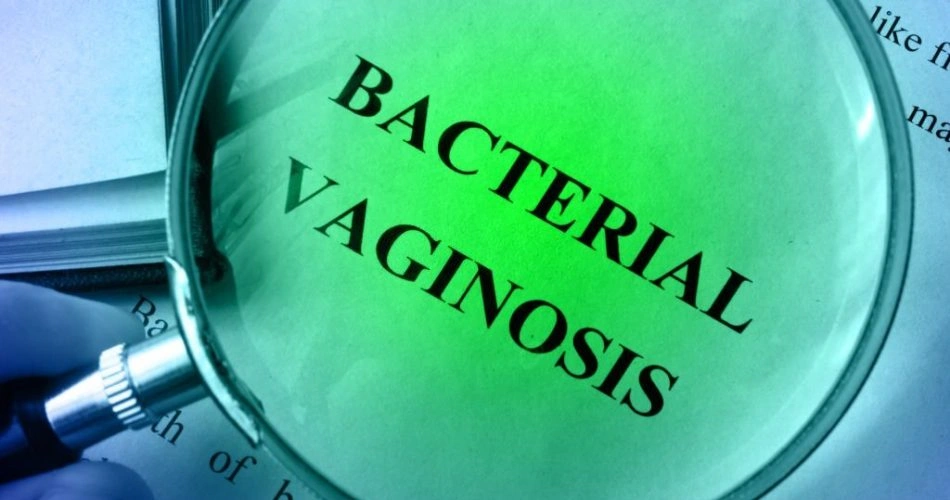Bacterial vaginosis (BV) is a prevalent vaginal infection affecting approximately 35% of females at some point, significantly impacting quality of life due to discomfort. BV results from an imbalance in the vaginal microbiome, where harmful anaerobic bacteria outnumber beneficial Lactobacilli, disrupting the healthy vaginal pH. Contributing factors include douching, sexual activity (though BV is not a traditional STD), antibiotic use, and hormonal changes, particularly during reproductive years or pregnancy. Symptoms, when present, include a fishy vaginal odor, thin grey or white discharge, irritation, itching, burning, and painful urination. While antibiotics are the standard treatment, many explore natural remedies to manage BV effectively.

Natural Remedies for Bacterial Vaginosis
- Probiotics
Probiotics, live beneficial microbes in foods like yogurt, kefir, and pickles, or as supplements, help restore the vaginal microbiome. Regular intake supports Lactobacilli growth, maintaining optimal pH and preventing harmful bacterial overgrowth. Probiotics are a cornerstone of natural BV management, offering a safe, long-term approach to vaginal health. - Garlic
Garlic’s allicin compound provides potent antibacterial properties, effective against various bacteria, including resistant strains. Increasing dietary garlic intake supports overall health, but vaginal application is strongly discouraged due to risks of severe irritation, burning, swelling, and redness. Safe consumption is key for BV support. - Boric Acid Suppositories
Boric acid, used vaginally as suppositories, acts as an antiseptic for BV and yeast infections by disrupting microbial growth. It’s toxic if ingested and contraindicated in pregnancy. Side effects may include localized irritation or itching. Proper use under medical guidance is essential for safety and efficacy. - Tea Tree Oil
Tea tree oil’s terpinen-4-ol offers antibacterial, antifungal, and antiviral effects, potentially boosting immune activity. For BV, dilute with a carrier oil (e.g., coconut or almond) before topical application near the vagina, avoiding insertion. A patch test prevents severe irritation or inflammation, especially on sensitive skin. Use pure, organic oil. - Apple Cider Vinegar (ACV)
ACV’s acidity may inhibit bacterial and fungal growth, aiding vaginal pH restoration. Add two cups of ACV to a warm bath and soak for 15-20 minutes daily. This simple, accessible remedy supports BV management when used consistently alongside other treatments. - Hydrogen Peroxide
A 3% hydrogen peroxide solution, diluted with equal water, has antiseptic properties that may reduce bacterial growth. Apply topically with a cotton swab for 10 minutes, then rinse. However, it risks killing beneficial bacteria, potentially worsening BV. Use cautiously and sparingly. - Turmeric
Turmeric’s antibacterial, antifungal, and anti-inflammatory properties make it a versatile remedy. Consume it (e.g., in milk) or mix with water for a vaginal wash. Test for allergies first. Turmeric supports BV treatment by reducing inflammation and combating infection naturally. - Echinacea
Echinacea may enhance immune function, aiding the body’s fight against BV. Supplements, typically 500mg, are common, but consult a healthcare provider for appropriate dosage. Echinacea complements other remedies by boosting overall immunity. - Cranberry Juice
Cranberry juice, rich in Vitamin C, strengthens immunity, helping eliminate infectious agents. Regular consumption supports BV management as a complementary measure, enhancing the body’s natural defenses. - Coconut Oil
Coconut oil’s antibacterial, antiviral, and antifungal properties make it effective for BV. Dilute with a carrier oil and apply topically with gentle massage. Its soothing nature supports vaginal health, reducing infection naturally.
Preventing Bacterial Vaginosis
Good vaginal hygiene is critical for preventing BV and its recurrence. Key practices include:
- Changing underwear daily, opting for loose, cotton options washed in warm water and dried thoroughly.
- Avoiding tight, synthetic underwear that traps moisture.
- Steering clear of synthetic soaps, douches, and scented feminine products containing chemicals.
- Keeping the vaginal area dry and avoiding prolonged wear of wet clothes.
These habits maintain a healthy vaginal environment, reducing the risk of microbial imbalance and BV onset.

Conclusion and Precautions
Natural remedies for BV, such as probiotics, garlic, boric acid, tea tree oil, ACV, hydrogen peroxide, turmeric, echinacea, cranberry juice, and coconut oil, aim to reduce harmful bacteria, restore microbial balance, or boost immunity. However, caution is required, especially with topical applications on sensitive genital areas. Boric acid is unsafe in pregnancy, and hydrogen peroxide may disrupt beneficial flora. Persistent or worsening symptoms necessitate professional medical attention for accurate diagnosis and tailored treatment. Combining natural remedies with proper hygiene and medical guidance offers a comprehensive approach to managing and preventing bacterial vaginosis effectively.



